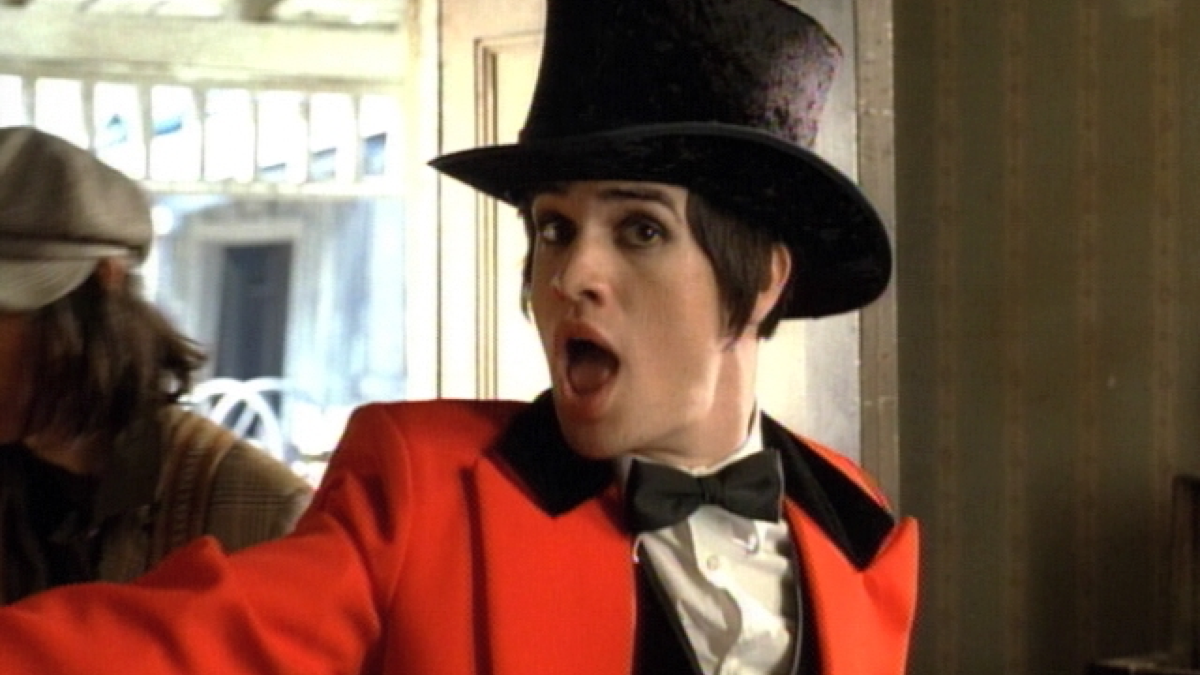Naruto Storm 4 was released for the Playstation 4 on 4 February 2016. It is a fighting and action genre game, which is clear from the fight scene that seems to be taking place on the cover art. The use of quite bright saturated colours makes it clear this game is aimed at a younger audience, such as young teenagers and preteens. The use of shadows on the faces of the two people at the top, as well as the lack of colouring on their designs, shows that they are the antagonists. The rather plain colouring of the two characters at the top also help make the two at the bottom stand out, as their colouring is much more vibrant. There is also a figure in the background shrouded in shadow. This shows that they are the main antagonist, perhaps the mastermind pulling the strings on everything. The logo for the title includes an image of the two protagonists fighting. This establishes that even between characters we are clearly meant to like and support, there is still conflict.
It would garner attention from its target demographic solely by being a fighter and action game, genres very popular among teenagers. However, because of the lack of dull greys and bloodshed, it probably wouldn't be as popular with older teenagers and young adults. With the age rating being 12, this could limit its audience. However the Naruto games all have an advantage above other fighting games, which is that Naruto is already an existing franchise outside of the gaming world. It was originally a manga, which then became an anime and subsequently had video game adaptations of the story. While brighter colours and less bloodshed may not be as popular to older fans, this is not too much of a concern because the game is less targeted at fans of fighting games and more targeted at fans of the manga/anime. As Naruto was, at its peak, one of the top three most popular series in Japan, nicknamed "the big three", this means that there are already a lot of fans willing to play the game.
However, this is also a double edged blade. While having a pre-existing fanbase is better for selling the game, it also means there is a whole community whose standards they must meet.






